
Cuisine
Haute cuisine
Haute cuisine is characterized by its use of rich, complex flavors and its attention to detail. It often involves elaborate preparations, such as the use of sauces and reductions, and the use of high-quality ingredients such as foie gras and truffles. Haute cuisine is also known for its emphasis on presentation, with dishes often being served in a visually stunning manner.
Typical ingredients
Foie gras, Truffles, Caviar, Lobster, Duck, Beef, Lamb, Cheese (brie, roquefort), Wine (bordeaux, burgundy)
Presentation and garnishing
Haute cuisine is known for its elaborate presentations, with dishes often being served on fine china and garnished with edible flowers and other decorative elements.
Haute cuisine is often associated with Michelin-starred restaurants, which are known for their exceptional quality and service.
More cuisines from this region...
Basque cuisine, Nouvelle cuisine, Corsican cuisine, Lyonnaise cuisine
History
Haute cuisine has a long and storied history in France. It was originally developed by the French aristocracy as a way to showcase their wealth and sophistication. Over the centuries, it has evolved and become more accessible to the general public. Today, Haute cuisine is considered one of the most refined and elegant styles of cooking in the world.
Cultural significance
Haute cuisine is an important part of French culture and identity. It is often served at formal occasions and is a source of national pride. Haute cuisine has also had a significant impact on the culinary world, with many French chefs achieving international acclaim.
Health benefits and considerations
Haute cuisine can be high in fat and calories, so it is important to enjoy it in moderation. However, it is also known for its use of high-quality ingredients, which can provide health benefits when consumed in moderation.
Haute cuisine recipes Browse all »
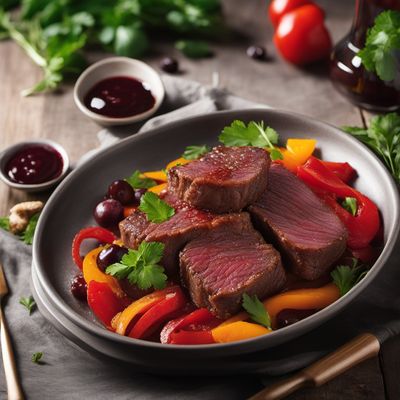
Haute Pique Macho
Savory Delight: Haute Pique Macho - A Gourmet Twist on a Bolivian Classic

Haute Cuisine Lamb Skewers
Elevated Lamb Skewers: A Haute Cuisine Delight

Kuku Gerdu with a Haute Cuisine Twist
Elevated Persian Kuku Gerdu: A Fusion of Flavors and Elegance
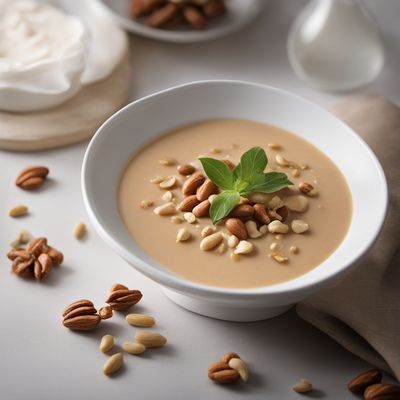
Creamy Peanut Soup with Truffle Foam
Indulgent Elevation: Creamy Peanut Soup with a Touch of Truffle
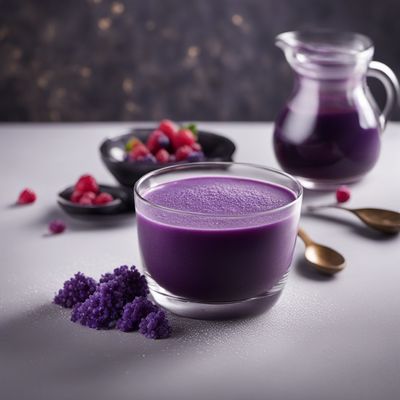
Ube Halaya with a Haute Cuisine Twist
Elevated Ube Delight: A Haute Cuisine Twist on a Filipino Classic

Pura s lučinicom - Haute Cuisine Twist
Elevated Croatian Comfort: Haute Cuisine Pura s lučinicom

Haute Fattah Makdus
Elevated Mediterranean Delight: Haute Fattah Makdus
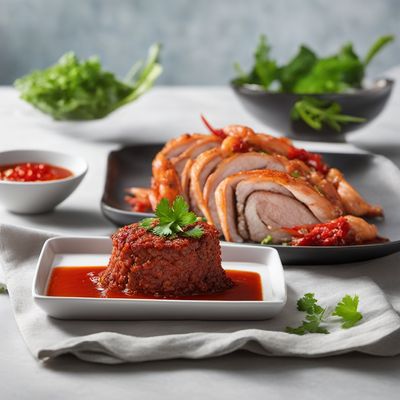
Sambal Tappa Roulade with a Twist
Indonesian Spice Meets Haute Cuisine: Sambal Tappa Roulade
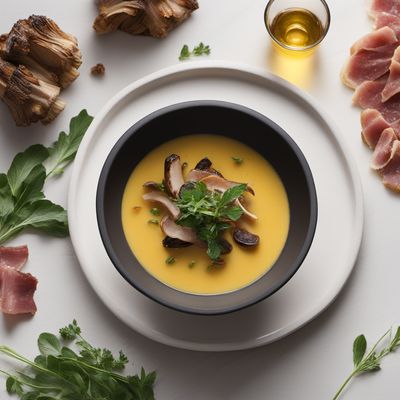
Haute Cuisine Polenta Soup
Elevated Polenta Delight

Haute Cuisine Pot Roast
Tender Braised Beef in Red Wine Reduction

Haute Kaiseki: A Fusion of Japanese Elegance and Haute Cuisine Sophistication
Elevated Umami: A Haute Kaiseki Journey through Japanese Culinary Artistry

Haute Livermush Delight
Elevating Livermush: A Haute Cuisine Twist